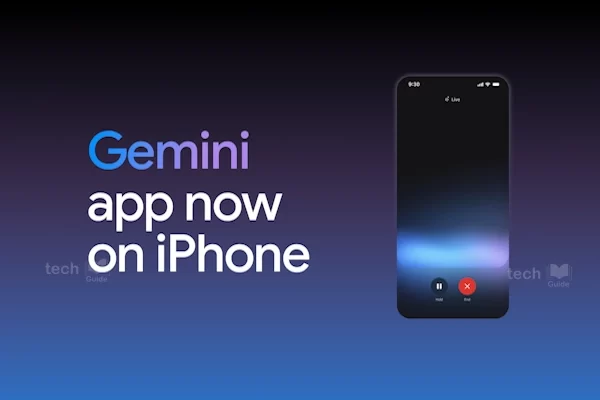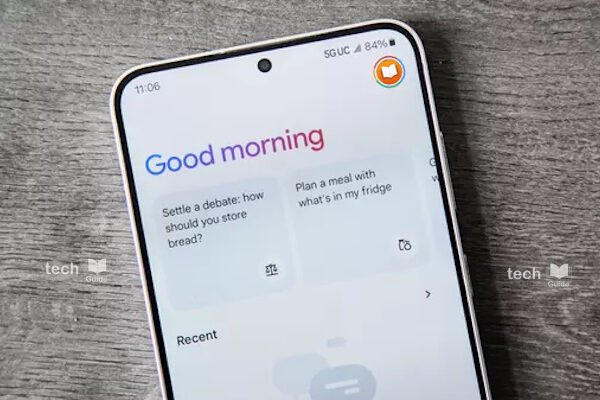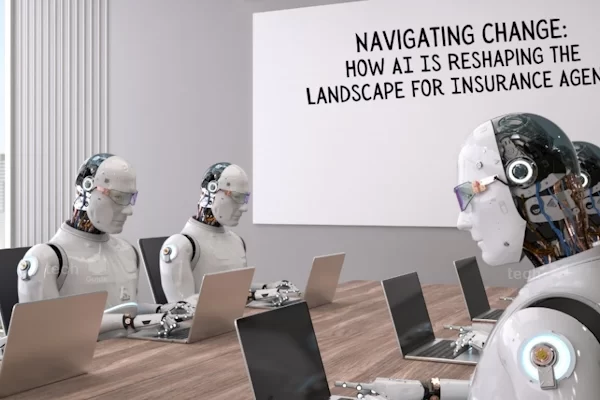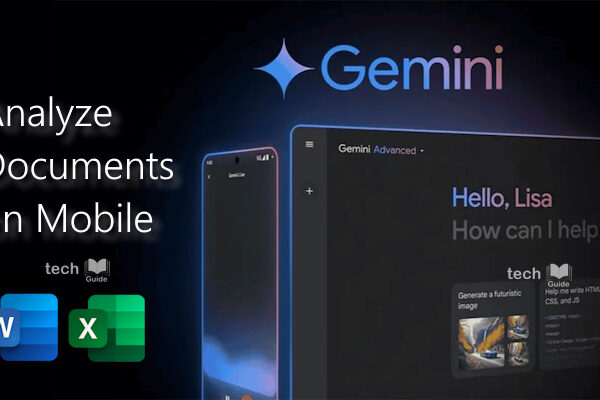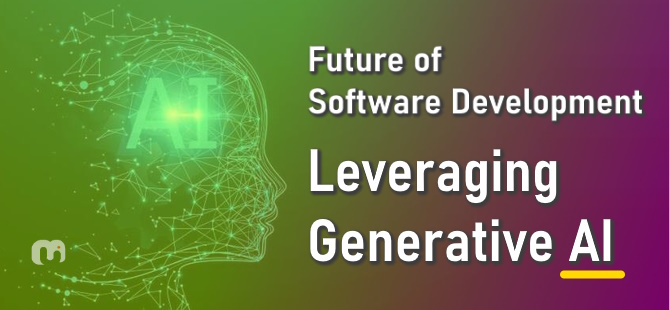
In the realm of software development, writing clean and error-free code is the most important part. However, the coding process is normally time-consuming and error-prone, mostly requiring developers to manually search for and implement the correct syntax and logic. With generative AI in action these days, here is how it would revolutionize the software development process at every stage.
1. Code Generation / Completion
Generative AI has already disrupted the software industry with code generation and completion by leveraging advanced models like the OpenAI CODEX or CODEY by google. With its ability to learn from vast code repositories, these models provide near perfect suggestions for code completion.
The models are capable enough to analyze coding patterns and understand the context and that’s how they offer accurate and context-aware suggestions, help reduce errors, and boost productivity. These models also understand syntax, semantics, and coding conventions, aligning with the coding style being used.
As a developer you can now focus on problem-solving and logic implementation rather than spending time on mundane tasks. I think these AI tools will get integrated into the development workflow as a standard, for code generation and completion to empower developers to write cleaner & efficient code.
2. Testing / Quality Assurance
The next major space in Software Development lifecycle is software testing (QA). Generative AI tools can play a crucial role in software testing by augmenting traditional testing approaches. They can help in test data generation, automated test case generation, test case prioritization, anomaly detection, and bug detection by analysing code. They can also contribute to executing and analysing test results in conjunction with human cognition.
These AI tools do excel in identifying edge cases, generating unit tests, and improving code coverage in test automation, thereby providing valuable support in software testing processes.
3. Error Detection and bug fixing
Now the next question is about error detection. Who is the best person to detect errors at first and how do you detect errors early in your development life cycle? Developers or Testers?
Generative AI tools come to the rescue! They can help you identify potential issues during the development process, assist you in early bug detection, enable faster bug fixing and thereby reduce the chances of bugs in production environment. Additionally, these tools can also suggest alternative solutions or fixes for identified bugs, aiding developers in their debugging process. I think this would save a lot of time for most! That said, I am a Developer too!
4. Code Review
Another key space where Generative AI could do a very good job is in code reviews. They can greatly enhance code reviews by augmenting human reviewers with automated suggestions and analysis. This is because these models learn from vast code repositories. Generative AI models are capable of identifying common coding mistakes, deviations from standards, and potential security vulnerabilities in your code repositories. They can provide context-aware suggestions, ensuring adherence to coding conventions and improving consistency.
Generative AI tools can also help reviewers navigate complex codebases and prioritize their efforts. It also frees up reviewer time for critical analysis by automating issue detection, thereby making code reviews more efficient.
I foresee, generative AI to get integrated into code review workflows as a standard in future to improve the overall quality of code. This will certainly value to code reviews by leveraging its learning capabilities to assist human reviewers.
5. Wireframes and Mockups
How about the design process in software development? Can Generative AI models help me in designing wireframes and mock-up screens?
Generative AI models are trained with vast collections of design patterns and user interfaces. So these models can also help you generate wireframes and mockups that align with specific design goals and requirements of your project. These models learn from existing designs, enabling them to suggest intuitive layouts, optimal component placements, and visual elements.
This would greatly expedite the design sprint by rapidly generating multiple design alternatives based on specified criteria. Just think about how much effort and time this could save. Designers can then do their refinements and customize the generated wireframes / mockups to meet their specific needs.
Furthermore, generative AI can boost your creativity by offering novel design possibilities that you haven’t even considered initially. Wow!
I foresee, generative AI to get integrated into the design cycle of every project in future to boost creativity, productivity, improve collaboration, and ultimately deliver visually appealing and user-friendly software interfaces.
In summary, Generative AI would get integrated into every part of software development, from code completion – to testing – to error detection – to wireframes. AI-paired programming will be the secret sauce for the success of software development, resulting in next-generation software developers who work in tandem with AI to be more efficient, and deliver quality software at reduced costs.
Thanks for Reading. Stay Tuned!

Look forward to connecting with you!
Finally, “subscribe” to my newsletter, so that you get notified every time when I publish.
Check out some of my videos here, and do subscribe to my channel


